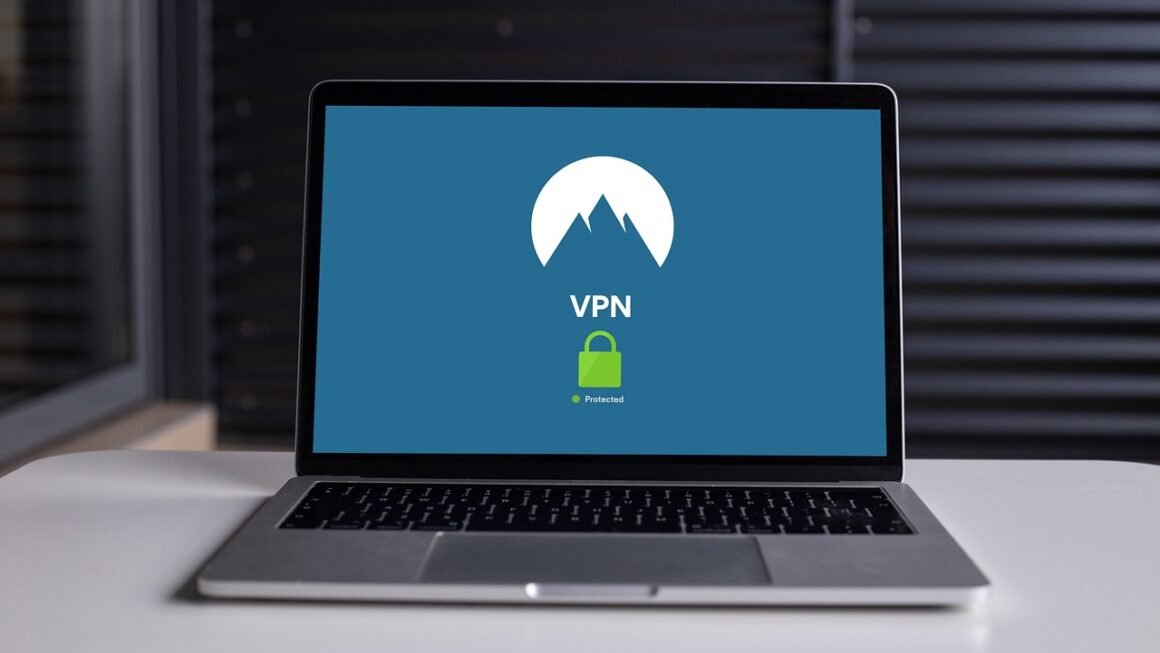Imagine receiving an email that looks just like it’s from your bank, warning about suspicious activity on your account. It asks you to click a link to verify your information. Panicked, you click and enter your credentials. Unfortunately, you’ve just fallen victim to a phishing scam, a pervasive threat that can lead to identity theft and financial loss. Understanding how phishing works and knowing how to protect yourself are crucial in today’s digital age.
What is Phishing?
Defining Phishing
Phishing is a type of cybercrime where attackers impersonate legitimate entities – often businesses, government agencies, or trusted individuals – to trick victims into divulging sensitive information. This information can include:
- Usernames
- Passwords
- Credit card details
- Social Security numbers
- Other personally identifiable information (PII)
Attackers typically use email, text messages (smishing), or even phone calls (vishing) to lure victims into their trap. The goal is to create a sense of urgency or fear that compels the recipient to act without thinking.
How Phishing Attacks Work
The typical phishing attack follows a predictable pattern:
- Impersonation: The attacker crafts a message that appears to be from a reputable source. This involves using logos, branding, and language that closely mimics the real entity.
- Deception: The message contains a deceptive hook, such as a warning about account compromise, a fake invoice, or a promise of a reward.
- Action Request: The victim is urged to take immediate action, such as clicking a link, downloading an attachment, or providing information.
- Data Harvesting: If the victim complies, the attacker collects the sensitive information entered. This information is then used for identity theft, financial fraud, or other malicious purposes.
Common Types of Phishing Attacks
Spear Phishing
Spear phishing is a highly targeted attack aimed at specific individuals or groups within an organization. Attackers conduct thorough research on their targets, using information from social media, company websites, and other sources to craft highly personalized and convincing messages.
Example: An attacker might impersonate a senior executive and send an email to a finance department employee, requesting an urgent wire transfer to a fraudulent account.
Whaling
Whaling is a type of spear phishing that targets high-profile individuals, such as CEOs or other senior executives. The goal is to gain access to sensitive company data or financial resources.
Example: An attacker might impersonate a lawyer and send an email to the CEO, claiming to be handling a confidential legal matter and requesting sensitive company documents.
Smishing (SMS Phishing)
Smishing uses text messages to lure victims. These messages often contain links to malicious websites or request personal information.
Example: A text message might claim that you have won a prize and ask you to click a link to claim it, but the link leads to a website that steals your information.
Vishing (Voice Phishing)
Vishing uses phone calls to trick victims. Attackers might impersonate government officials, technical support representatives, or bank employees to gain your trust and extract information.
Example: A phone call from someone claiming to be from the IRS, threatening legal action if you don’t immediately pay outstanding taxes, is a common vishing tactic.
Identifying Phishing Attempts
Analyzing Email Headers
Examining email headers can reveal the true sender of an email, even if the “From” address appears legitimate. Look for discrepancies in the “Reply-To” address and the sender’s IP address.
Spotting Suspicious Links and Attachments
Hover over links before clicking them to see the actual URL. Look for misspelled domain names, unusual characters, or shortened links. Avoid downloading attachments from unknown or suspicious sources.
- Example of a suspicious link: Instead of `www.yourbank.com`, a phishing link might be `www.yourbank.corn` or `yourbank.phishingsite.com`.
- Example of a dangerous attachment: A file named `invoice.exe` is highly suspicious, as `.exe` files are executable programs and can contain malware.
Recognizing Red Flags
Be wary of emails or messages that:
- Create a sense of urgency or fear.
- Ask for personal information, such as passwords or credit card numbers.
- Contain grammatical errors or typos.
- Don’t address you by name or use a generic greeting.
- Seem too good to be true.
Protecting Yourself From Phishing
Practicing Safe Browsing Habits
Always verify the legitimacy of websites before entering sensitive information. Look for the padlock icon in the address bar, indicating a secure connection (HTTPS). Use strong, unique passwords for each of your online accounts, and enable two-factor authentication (2FA) whenever possible.
Using Security Software
Install and maintain reputable antivirus and anti-malware software. Keep your operating system and web browser up to date with the latest security patches.
Reporting Phishing Attempts
Report phishing emails to the Anti-Phishing Working Group (APWG) or your email provider. This helps to identify and shut down phishing websites and prevent others from falling victim. Reporting suspicious SMS messages can be done by forwarding them to 7726 (SPAM).
Employee Training
For businesses, implement comprehensive phishing awareness training for employees. Regularly test employees with simulated phishing attacks to assess their vulnerability and reinforce best practices. Include topics such as identifying red flags, verifying sender authenticity, and reporting suspicious emails or messages.
Conclusion
Phishing attacks are constantly evolving, becoming more sophisticated and harder to detect. By understanding how phishing works, recognizing common tactics, and implementing preventive measures, you can significantly reduce your risk of becoming a victim. Stay vigilant, question suspicious messages, and always prioritize your online security. Your awareness and proactive approach are your best defenses against this pervasive threat.



